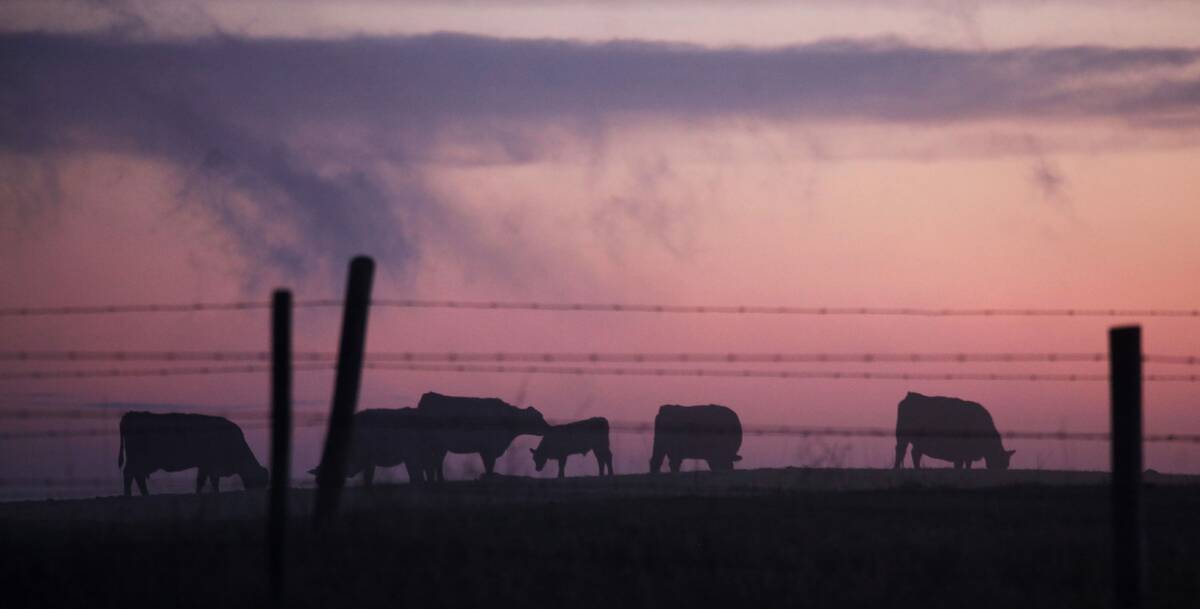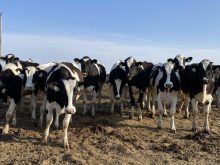When I graduated from the Western College of Veterinary Medicine in 2010, there were only a handful of advertised jobs. I was hired by a rural practice near Calgary through a lucky word-of-mouth connection—vet positions in this area were in short supply.
Times have changed. Now veterinary professional publications feature pages of vet wanted ads, offering all manner of incentives including signing bonuses and community desirability (“come work in our rural community, we have excellent schools, community recreational facilities and proximity to an international airport”).
There is growing consensus that a shortage of veterinarians exists in Canada and the results of two important recent studies indicate that the problem is going to get worse.
Read Also

Feeder market adds New World screwworm risk premium
Feedlots contemplate the probability of Canadian border closing to U.S. feeder cattle if parasite found in United States
The Canadian and Alberta veterinary medical associations commissioned workforce studies (completed in 2020 and 2021 respectively) to document the need for veterinarians and offer insight into potential solutions.
To many, the results of these important documents were no great surprise. There are not enough veterinarians, particularly in rural areas. According to the study, in Alberta alone, there are nearly 400 vacant veterinary positions and the projected need for nearly 4,000 more veterinarians in the province between now and 2040 to meet the demand of population growth combined with attrition due to retirement.
The demands for veterinary services in Canada have increased with natural population growth, increased disposable income and also pet ownership. At the same time, veterinarians have left the profession due to retirement and other causes.
The net result is far more open positions than there are graduates from the five Canadian veterinary schools. And due to the shortage, veterinarians in practice are faced with heavy workloads, long hours and subsequent negative impacts on their personal wellbeing.
The loss of practising vets contributes to the issue. Stressful workplace conditions, injury, burnout, poor work-life balance and copious emergency call duty are all reasons given for these professionals to seek other forms of practice or leave the profession entirely.
This is certainly the case among my graduating class: one is a dentist, another a physician, both opting to work on two-legged patients.
Several, myself included, chose to specialize. There are several surgeons, ophthalmologists (eye specialists), two pathologists, a large animal internal medicine doctor, one in the realm of public health and epidemiology, and probably a few others I’ve lost track of.
Because of the nature of our niche areas of veterinary medicine, specialists tend to work in urban areas where dense populations can provide sufficient work. Others work in university settings, training the next generation of veterinarians.
So what is there to be done about this shortage? Proposals range from the relatively grandiose suggestion of opening new veterinary schools in Canada to the more modest idea of expanding class sizes at existing institutions. But this doesn’t appear to be happening fast enough.
For example, the number of Alberta-funded educational spots hasn’t increased in more than 20 years despite the province’s growing population and subsequent demand for animal health services.
The Faculty of Veterinary Medicine at the University of Calgary recently increased its class size from 30 to 50, but there is no net gain of Alberta-funded veterinary students.
Previously, 20 spots were funded for Albertans at the WCVM at the University of Saskatchewan, but now those funds are kept in province. Training more Canadian veterinarians to meet the demand for animal health, food safety and international obligations should be a high priority.
Canada welcomes a significant number of immigrant veterinarians each year. There are also many Canadian students who seek veterinary education abroad due to high demand in our domestic programs. Both immigrants and foreign-trained Canadians should be supported to join the veterinary workforce, including achieving the stringent licensing requirements.
The veterinary profession, like many aspects of society in the past year, has taken note of its lack of cultural and ethnic diversity. There is also a significant gender slant with classes comprising about 90 percent women.
The University of Calgary has taken a hard look at how it selects students for its vet program, leading to changes that de-emphasize grades and place more importance on the attributes of candidates. The hope is to select the best students for the profession while improving diversity and retention.
The veterinary profession in the country is facing many challenges including workforce shortages. Broad societal support for expanding veterinary education would benefit producers and owners through improved animal health and welfare.
Dr. Jamie Rothenburger, DVM, MVetSc, PhD, DACVP, is a veterinarian who practices pathology and is an assistant professor at the University of Calgary’s Faculty of Veterinary Medicine. Twitter: @JRothenburger

















